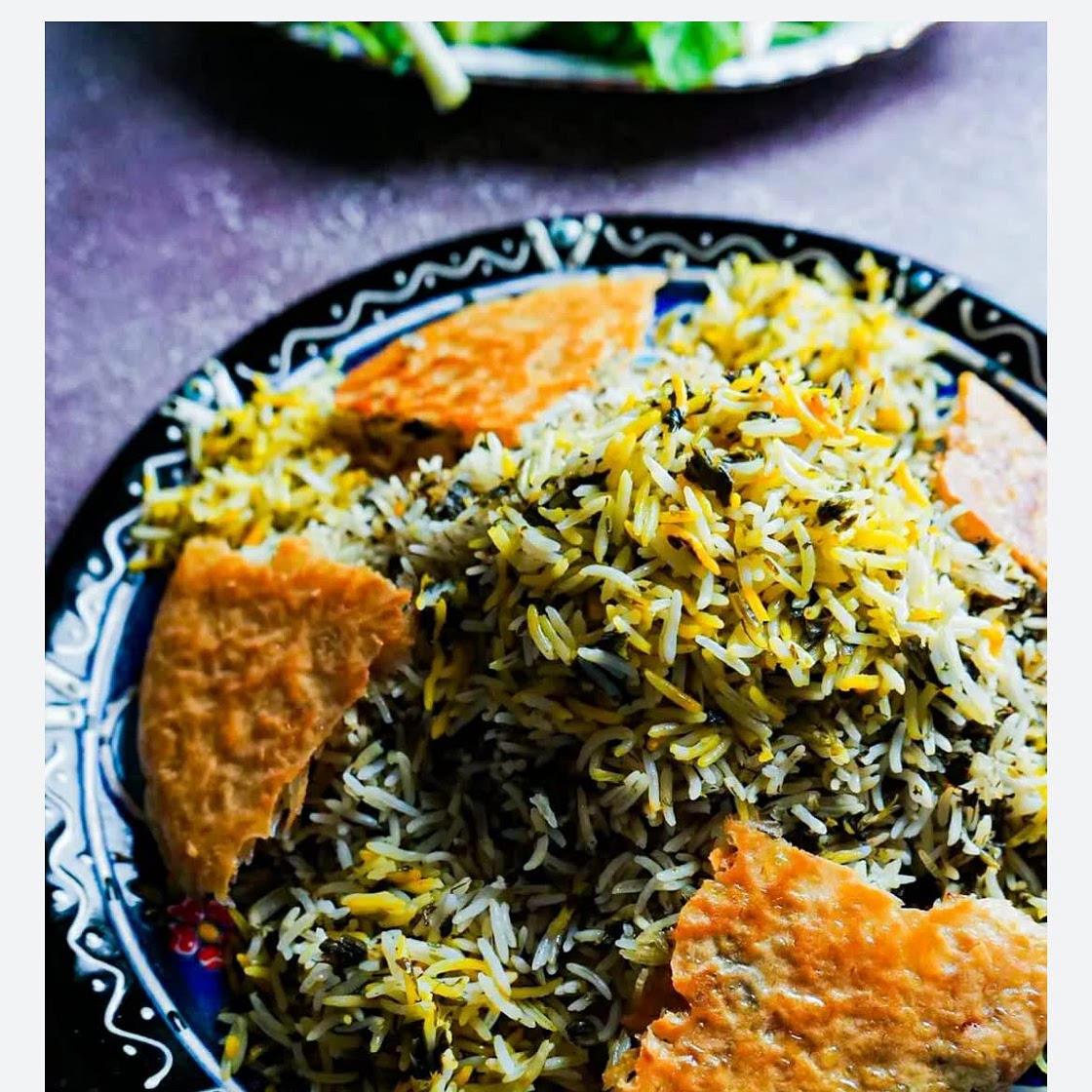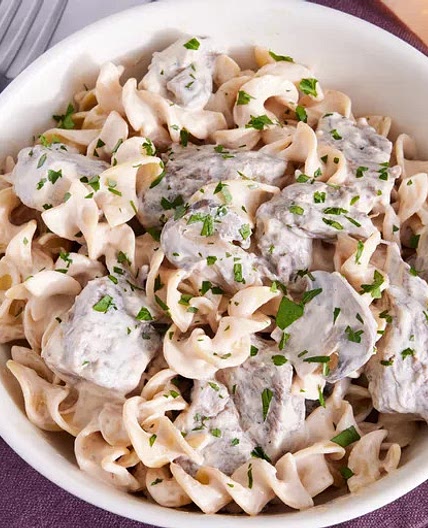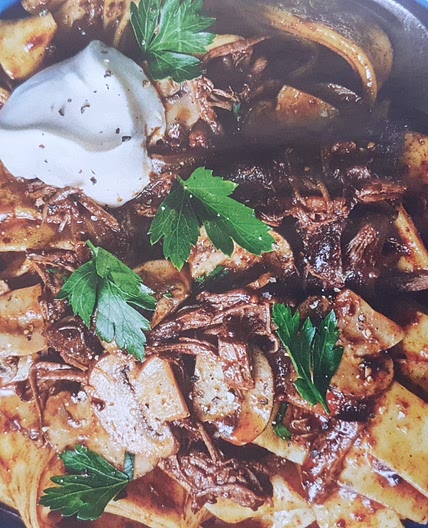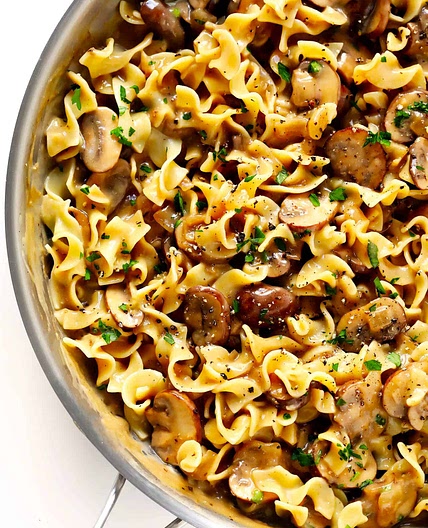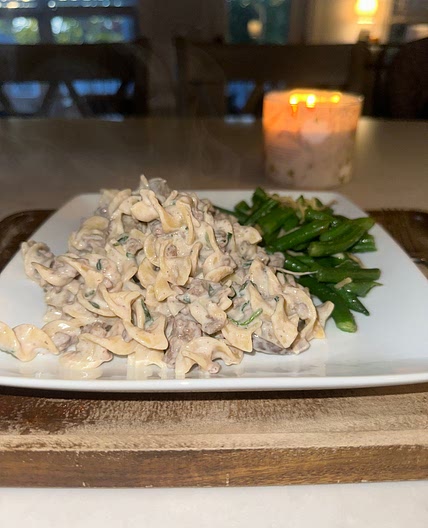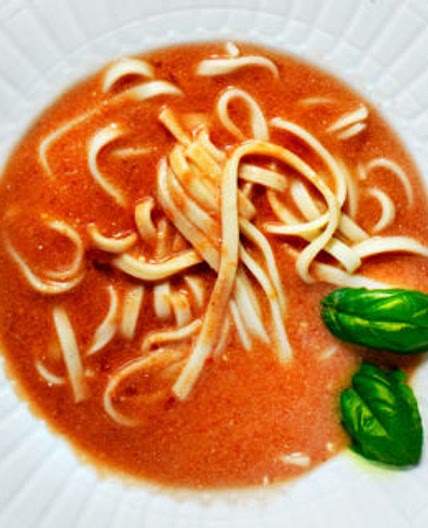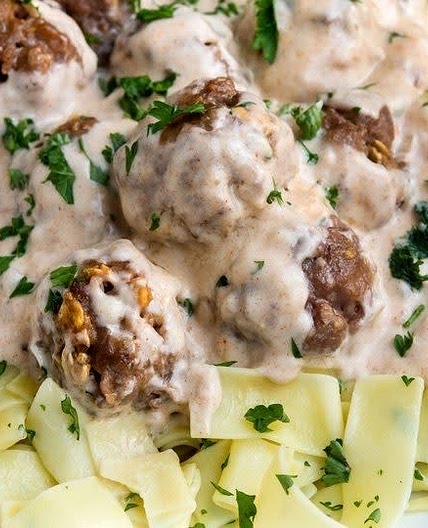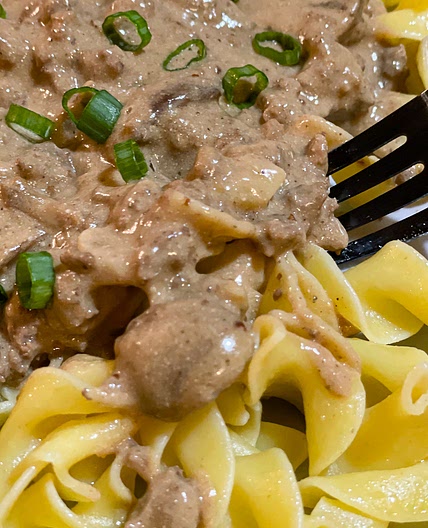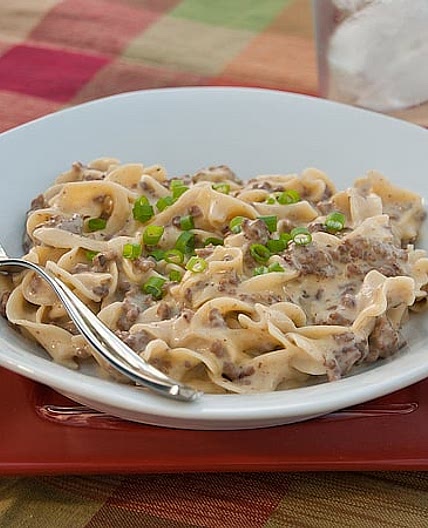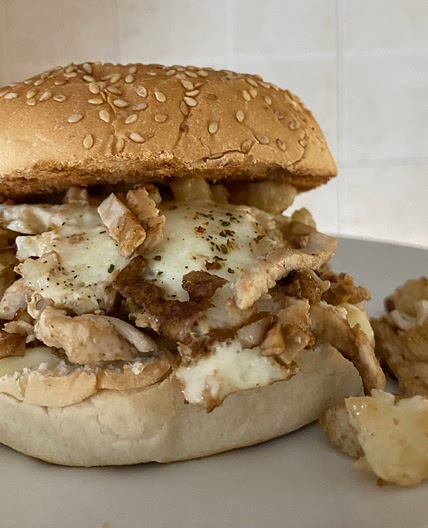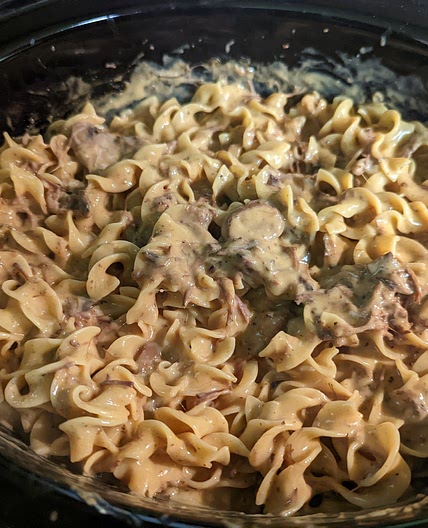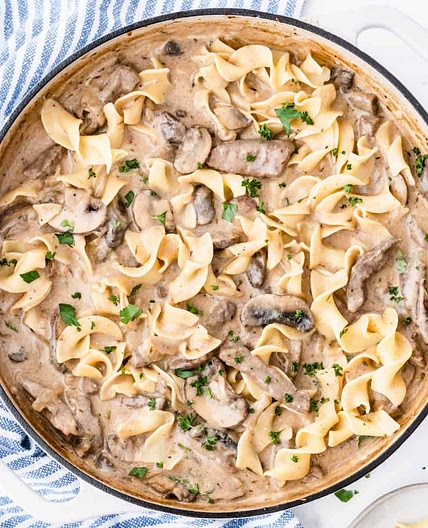By Anonymous Cornflake
SABZI POLO // PERSIAN FRESH HERB AND GARLIC RICE
10 steps
Prep:5minCook:45min
Sabzi polo (Fresh herb and garlic rice)
This sumptuous, divine rice dish is an accompaniment to my jack-fish (Jackfruit fish) recipe or the to-fish (which will be shared tomorrow) recipe for #vegannowruz.
Fluffy basmati rice is steamed with freshly chopped coriander, parsley, dill, chives and garlic. The smell is gorgeously aromatic and so fresh and fragrant.
Nowruz is about celebrating new life, re-birth and growth. For millenia, Iranians and all other ethnic groups who celebrate Nowruz (Kurds, Turkmen, Afghans, Uzbeks...) have believed that green, fresh herbs should be eaten on the eve of Nowruz, as in this dish, symbolizing a new start, fertility and prosperity for the coming year. We also eat sabzi kookoo, a fresh herb frittata made up of herbs and eggs and sprout seeds to place on our Haft-Sin (a table of 7 different symbolic items).
This year, Nowruz will fall on 09:37 GMT on the 20th March. The coming of the first moments of Spring will usually be spent gathered around family, whilst everyone will rejoice with hugs, kisses and exchange of gifts – usually notes placed inside the Hafez or Qu’ran are given to younger family members. It is a time for forgiving each other, putting away differences, grievances and looking forward to building healthier and kinder relationships as the positive light (Ahura Mazda) eclipses the darkness (Ahriman) as we move into Spring.
This is my second Nowruz under lockdown. It's difficult to be away from family, especially my grandparents, at this time of the year. Celebrating over a screen isn't the same. Still, I am grateful that the coming year is bringing with it renewal, healing, change and hopes for a kinder future.
Updated at: Thu, 07 Aug 2025 22:44:40 GMT
Nutrition balance score
Good
Glycemic Index
58
Moderate
Glycemic Load
59
High
Nutrition per serving
Calories503.1 kcal (25%)
Total Fat5.3 g (8%)
Carbs101.5 g (39%)
Sugars1 g (1%)
Protein12 g (24%)
Sodium293.1 mg (15%)
Fiber5 g (18%)
% Daily Values based on a 2,000 calorie diet
Ingredients
4 servings
Instructions
Step 1
1. Wash the rice under warm water and drain a few times until the water is no longer cloudy. Cover rice by 2" cold water and add 2 tbsp of salt. Let it soak for at least 1 hour and up to 4 hours.
Step 2
2. Bring a large pot of water to boil with 2 tbsp salt. Drain the rice and add it to the pot. Allow the water to come to a boil again on high heat before reducing to medium-low heat.
Step 3
3. Let the rice boil for 6-7 minutes until half cooked. The rice should be tender on the outside but still firm to the bite on the inside.
Step 4
4. Drain the rice and wash quickly with cold water to stop the cooking process. Mix with the finely chopped green herbs and the minced garlic.
Step 5
5. Pour 3 tbsp oil into a large pot. Lay the lavash bread at the bottom of the pot. Lay the rice on the top of this forming a mound. Use the handle of a spoon to poke several holes in rice (without hitting the bottom of pot) to let steam escape. Pour over 3-4 tablespoons of oil evenly.
Step 6
6. Cook over medium heat for 5-10 minutes until you start to see steam rising, then, covering the lid with a dishcloth or damkoni, cover the pot with the lid.
Step 7
7. Cook on low heat for 45 minutes.
Step 8
8. Serve the rice and the lavash tahdig separately, or invert the pot onto a platter.
Step 9
9. In a bowl, mix the ground saffron with 1 tsp boiling water, then add 1 tbsp vegan butter with 1 spatula of cooked rice. Mix thoroughly. Use the saffron rice for decoration.
Step 10
10. Enjoy with vegan mahi (fish) or any other accompaniment.
View on theiranianvegan.com
↑Support creators by visiting their site 😊
Notes
0 liked
0 disliked
There are no notes yet. Be the first to share your experience!
